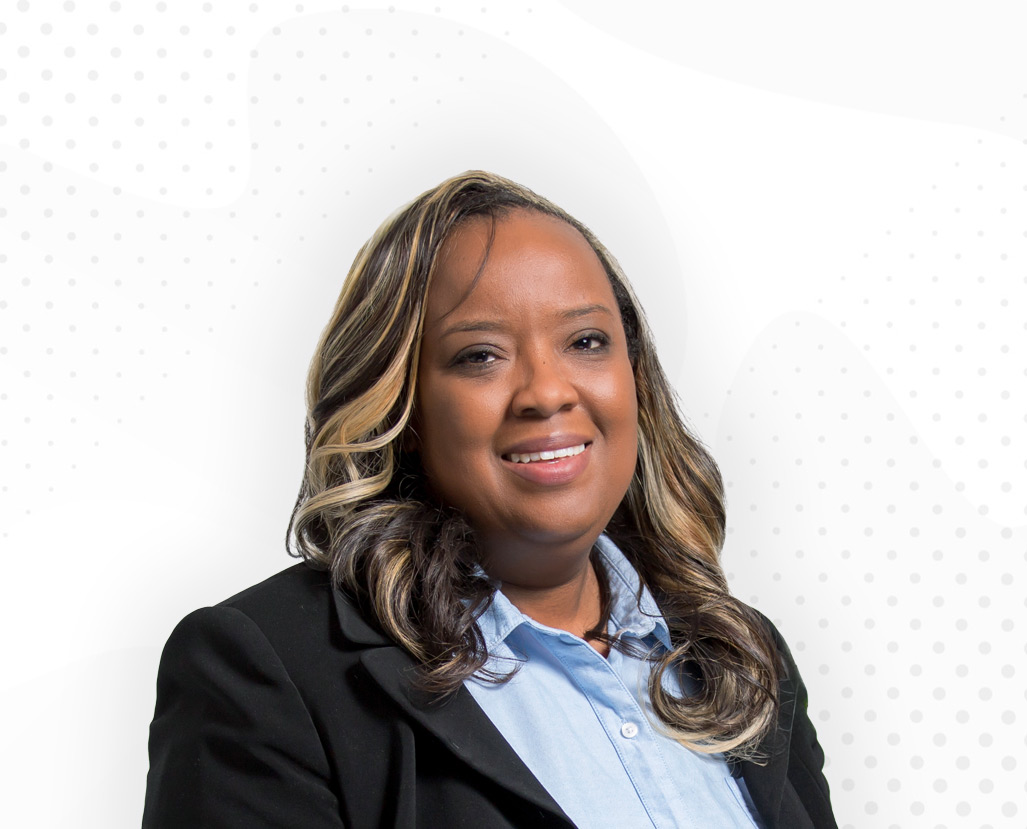Managing Director of Clinical Services Joi Shaw spent the early part of her career working with individuals experiencing severe mental illness, intellectual disabilities, and co-occurring substance use disorders. Understanding the complex needs of populations who require intensive services from the community and determined to enhance the lives of those who depend on government services, she explored ways to optimize programs for those they serve.
Since joining Maximus in 2014, Joi has diligently worked to grow our clinical services footprint and support more people. One of her primary sources of motivation is not just to help one person but to create a system to help the broader population of aging adults, persons with disabilities, and any adult with complex health needs.
Joi’s first role at Maximus was supervising all our PASRR operations. PASRR is a federal requirement that helps ensure people are not inappropriately placed in nursing facilities for their long-term care. It provides conflict-free evaluations for services, treatment, and placement in appropriate settings to individuals with serious mental illnesses and/or developmental disabilities.


